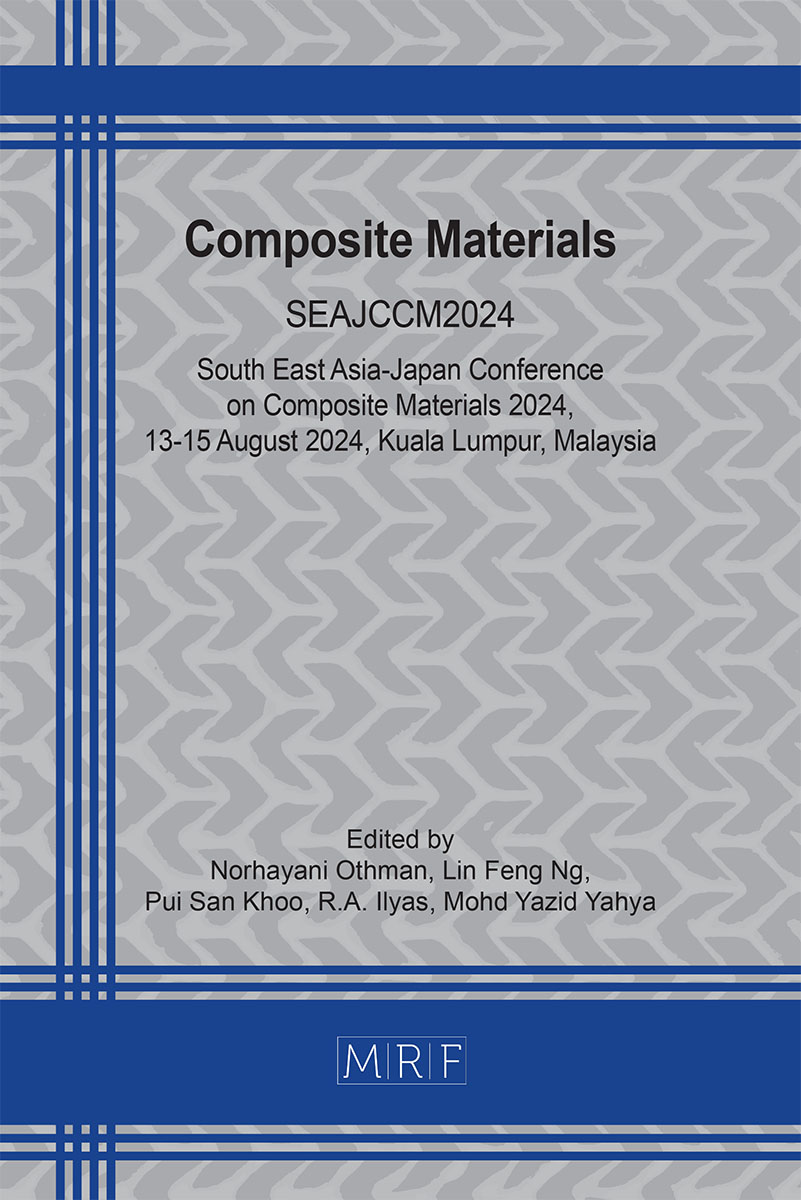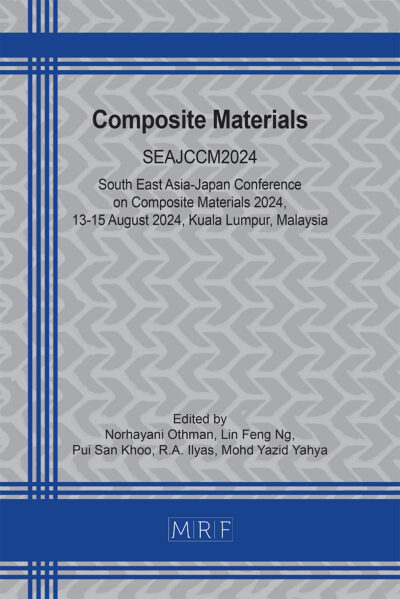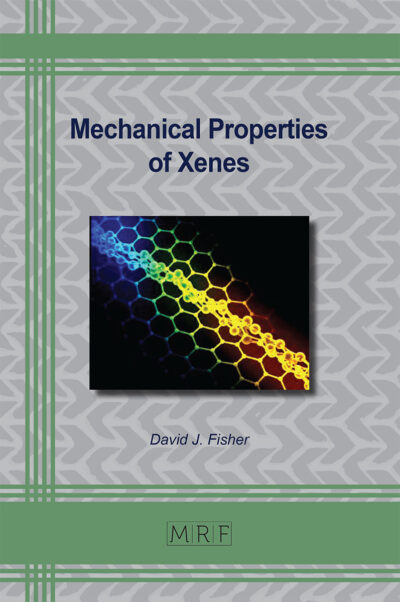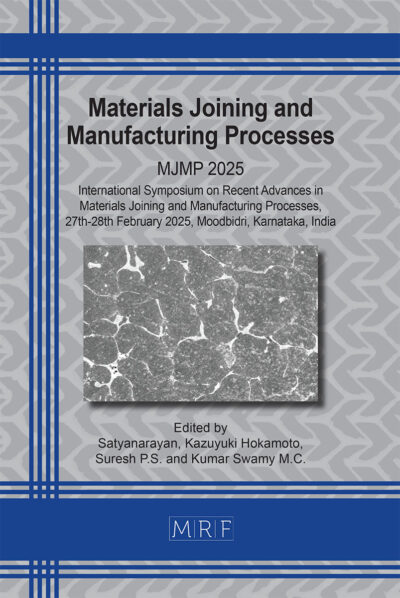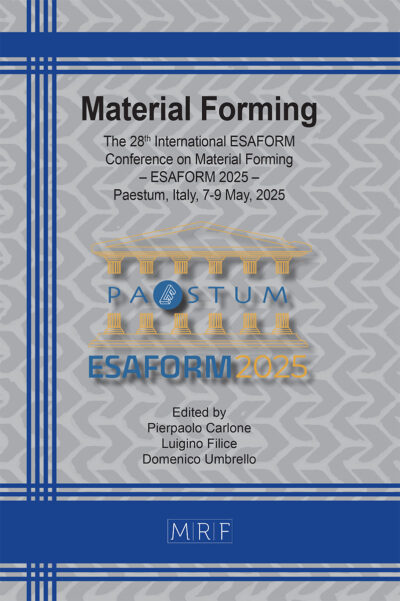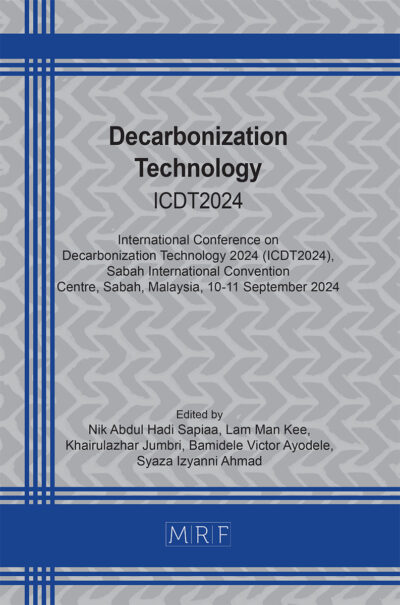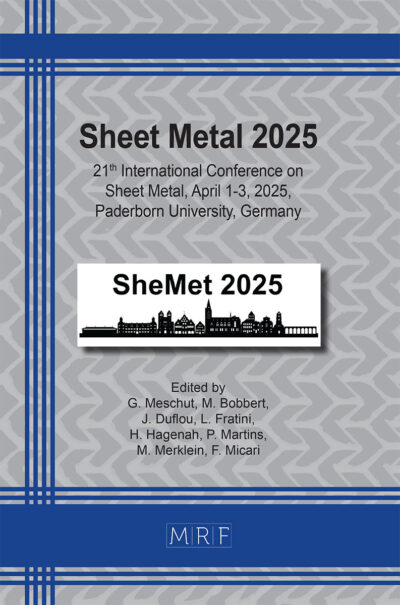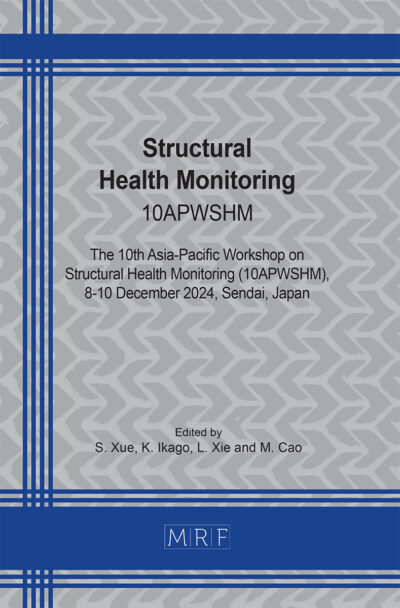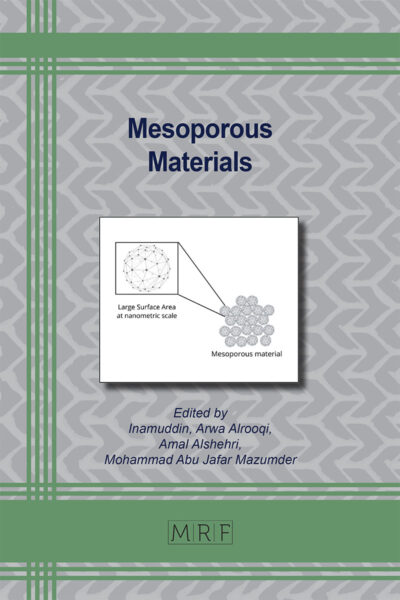The Impact of Surfactant-Driven Emulsion Droplet Size on Lead (Pb) Recovery Efficiency in Emulsion Liquid Membrane Systems
N.H. IBRAHIM, S.N. ZAILANI, N.A. ZAINOL, Subash C.B. GOPINATH, M.N.A. UDA, Ahmad Radi WAN YAAKUB, M.N.A. UDA, U. HASHIM
Abstract. The emulsion liquid membrane (ELM) extraction technology offers significant perspectives into the extraction and recovery of lead (Pb) from aqueous solutions. In this study, ELM stability was investigated using ELM components consist of bis(2-ethylhexyl) phosphate (D2EHPA) as an extractant, kerosene as diluent, nitric acid (HNO3) as stripping agent and polysorbate 80 (Tween 80) as surfactant. These components were prepared and formulated at 2000 rpm and 5 minutes emulsification time. The size of emulsion droplet and the effect of surfactant concentration on the breakage/swelling effect for ELM stability and extraction efficiency were studied. The results show that, at 0.5 M D2EHPA, 0.5 M HNO3 and 5 % w/v Tween 80 was enough to perform stable emulsion with 1.5 µm droplet size and the highest extraction efficiency of Pb removal was 96.16 %. ELM approach has significant potential to facilitate extraction process efficiently.
Keywords
Lead, Surfactant, Removal and Recovery Process, Emulsion Liquid Membrane
Published online 2025/06/01, 9 pages
Copyright © 2025 by the author(s)
Published under license by Materials Research Forum LLC., Millersville PA, USA
Citation: N.H. IBRAHIM, S.N. ZAILANI, N.A. ZAINOL, Subash C.B. GOPINATH, M.N.A. UDA, Ahmad Radi WAN YAAKUB, M.N.A. UDA, U. HASHIM, The Impact of Surfactant-Driven Emulsion Droplet Size on Lead (Pb) Recovery Efficiency in Emulsion Liquid Membrane Systems, Materials Research Proceedings, Vol. 56, pp 108-116, 2025
DOI: https://doi.org/10.21741/9781644903636-12
The article was published as article 12 of the book Composite Materials
![]() Content from this work may be used under the terms of the Creative Commons Attribution 3.0 license. Any further distribution of this work must maintain attribution to the author(s) and the title of the work, journal citation and DOI.
Content from this work may be used under the terms of the Creative Commons Attribution 3.0 license. Any further distribution of this work must maintain attribution to the author(s) and the title of the work, journal citation and DOI.
References
[1] M. de J. Soria-Aguilar, A. Martínez-Luévanos, M.A. Sánchez-Castillo, F.R. Carrillo-Pedroza, N. Toro, V.M. Narváez-García, Removal of Pb(II) from aqueous solutions by using steelmaking industry wastes: Effect of blast furnace dust’s chemical composition,Arab. J. Chem. 14 (2021) 4. https://doi.org/10.1016/j.arabjc.2021.103061
[2] T.N.B.T. Ibrahim, F. Othman, N.Z. Mahmood, Baseline Study of Heavy Metal Pollution in a Tropical River in a Developing Country, Sains Malaysiana, 49 (2020) 729–742. https://doi.org/10.17576/jsm-2020-4904-02
[3] K. Yunus, M.A. Zuraidah, A. John, A review on the accumulation of heavy metals in coastal sediment of Peninsular Malaysia, Ecofeminism Clim. Chang. 1 (2020) 21–35. https://doi.org/10.1108/efcc-03-2020-0003
[4] E. Quitério, C. Grosso, R. Ferraz, C. Delerue-Matos, C. Soares, A Critical Comparison of the Advanced Extraction Techniques Applied to Obtain Health-Promoting Compounds from Seaweeds, Mar. Drugs 20 (2022) 1–40. https://doi.org/10.3390/md20110677
[5] S.Y. Tsai, C.K. Chang, P.Y. Wei, S.Y. Huang, M. Gavahian, S.P. Santoso, C.W. Hsieh, Effective Removal of Different Heavy Metals Ion (Cu, Pb, and Cd) from Aqueous Solutions by Various Molecular Weight and Salt Types of Poly-γ-Glutamic Acid, Molecules 29 (2024) 1054. https://doi.org/10.3390/molecules29051054
[6] A. Pohl, Removal of Heavy Metal Ions from Water and Wastewaters by Sulfur-Containing Precipitation Agents, Water. Air. Soil Pollut. 231 (2020) 503. https://doi.org/10.1007/s11270-020-04863-w
[7] A. Lalmi, K.E. Bouhidel, B. Sahraoui, and C. el H. Anfif, Removal of lead from polluted waters using ion exchange resin with Ca(NO3)2 for elution, Hydrometallurgy 178 (2017) 287–293. https://doi.org/10.1016/j.hydromet.2018.05.009
[8] L. Gurreri, A. Tamburini, A. Cipollina, and G. Micale, Electrodialysis applications in wastewater treatment for environmental protection and resources recovery: A systematic review on progress and perspectives, Membranes (Basel) 10 (2020) 1–93. https://doi.org/10.3390/membranes10070146
[9] G. Crini, E. Lichtfouse, Advantages and disadvantages of techniques used for wastewater treatment, Environ. Chem. Lett. 17 (2019) 145–155. https://doi.org/10.1007/s10311-018-0785-9
[10] M.A. Agoro, A.O. Adeniji, M.A. Adefisoye, O.O. Okoh, Heavy metals in wastewater and sewage sludge from selected municipal treatment plants in eastern cape province, south africa, Water (Switzerland) 12 (2020) 2746. https://doi.org/10.3390/w12102746
[11] N. Qudus, A. Kusumastuti, S. Anis, A.L. Ahmad, Emulsion liquid membrane for lead removal: Intensified low shear extraction, Int. J. Innov. Learn. 25 (2019) 285–295. https://doi.org/10.1504/IJIL.2019.098887
[12] S. Lakshminarayana, A. Shilpika, N. Kumar, P. Kranthireddy, K. Deepak, S. Usha, M. Vijayakumar, An Experimental Study on Partial Replacement of Cement in Concrete with Sugarcane Bagasse Ash Using Magnetized Water, Lect. Notes Civ. Eng., 352 (2024) 143–150. https://doi.org/10.1007/978-981-99-2676-3_12
[13] A. Kusumastuti, S. Anis, A.L. Ahmad, B.S. Ooi, M.M.H. Shah Buddin, Emulsion liquid membrane for heavy metals removal: Emulsion breaking study, J. Teknol. 82 (2020) 51–57. https://doi.org/10.11113/jt.v82.14539
[14] K. Vhora, G. Janiga, H. Lorenz, A. Seidel-Morgenstern, M.F. Gutierrez, P. Schulze, Comparative Study of Droplet Diameter Distribution: Insights from Experimental Imaging and Computational Fluid Dynamics Simulations, Appl. Sci., 14 (2024) 1824. https://doi.org/10.3390/app14051824
[15] H.M. Salman, A.A. Mohammed, Extraction of lead ions from aqueous solution by co-stabilization mechanisms of magnetic Fe2O3 particles and nonionic surfactants in emulsion liquid membrane, Colloids Surfaces A Physicochem. Eng. Asp. 568 (2019) 301–310. https://doi.org/10.1016/j.colsurfa.2019.02.018
[16] H.M. Azwatul, M.N.A. Uda, S.C. Gopinath, Z.A. Arsat, F. Abdullah, M.F.A. Muttalib, M.K.R. Hashim, U. Hashim, M. Isa, M.N. Afnan Uda, A. R.W. Yaakub, N.H. Ibrahim, N.A. Parmin, T. Adam, Synthesis and characterization of silver nanoparticle using sewage algal bloom extract using visual parameter analysis, Mater. Today Proc. (2023) https://doi.org/10.1016/j.matpr.2023.01.004
[17] S. Yu, J. Zhang, S. Li, Z. Chen, Y. Wang, Mass Transfer and Droplet Behaviors in Liquid-Liquid Extraction Process Based on Multi-Scale Perspective: A Review, Separations 10 (2023) 264. https://doi.org/10.3390/separations10040264
[18] M. Khadivi, V. Javanbakht, Emulsion ionic liquid membrane using edible paraffin oil for lead removal from aqueous solutions, J. Mol. Liq. 319 (2020) 114137. https://doi.org/10.1016/j.molliq.2020.114137
[19] S.S. Kulkarni, V.A. Juvekar, S. Mukhopadhyay, Intensification of emulsion liquid membrane extraction of uranium(VI) by replacing nitric acid with sodium nitrate solution, 125 (2018) 18-26. https://doi.org/10.1016/j.cep.2017.12.021
[20] M. Zamouche, H. Tahraoui, Z. Laggoun, S. Mechati, R. Chemchmi, M.I. Kanjal, A. Amrane, A. Hadadi, L. Mouni, Optimization and Prediction of Stability of Emulsified Liquid Membrane (ELM): Artificial Neural Network, Processes 11 (2023) 364. https://doi.org/10.3390/pr11020364
[21] N.F.M. Noah, N. Othman, N. Jusoh, I.N.S. Kahar, S.S. Suliman, Succinic Acid Recovery and Enhancement of Emulsion Liquid Membrane Stability using Synergist Aliquat 336/TOA/Palm Oil System Assisted with Nanoparticle, Arab. J. Sci. Eng. 48 (2023) 15777–15792. https://doi.org/10.1007/s13369-023-07616-z
[22] B. Bera, R. Khazal, K. Schroën, Coalescence dynamics in oil-in-water emulsions at elevated temperatures, Sci. Rep. 11 (2021) 10990. https://doi.org/10.1038/s41598-021-89919-5
[23] M.G.A. Kassem, A.M. Ahmed, H.H. Abdel-rahman, H. E. Moustafa, Use of Span 80 and Tween 80 for blending gasoline and alcohol in spark ignition engines, Energy Reports 5 (2019) 221–230. https://doi.org/10.1016/j.egyr.2019.01.009
[24] G. Tartaro, H. Mateos, D. Schirone, R. Angelico, G. Palazzo, Microemulsion microstructure(s): A tutorial review, Nanomaterials 10 (2020) 1657. https://doi.org/10.3390/nano10091657

